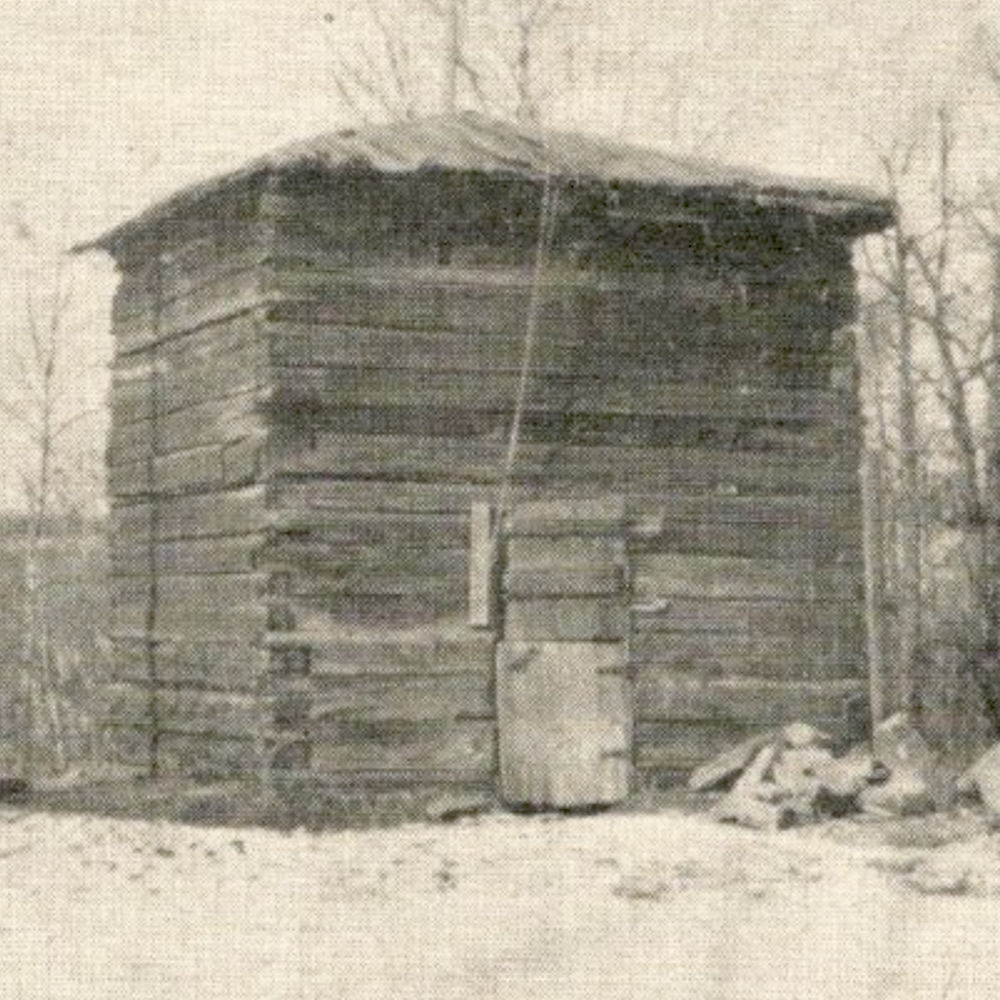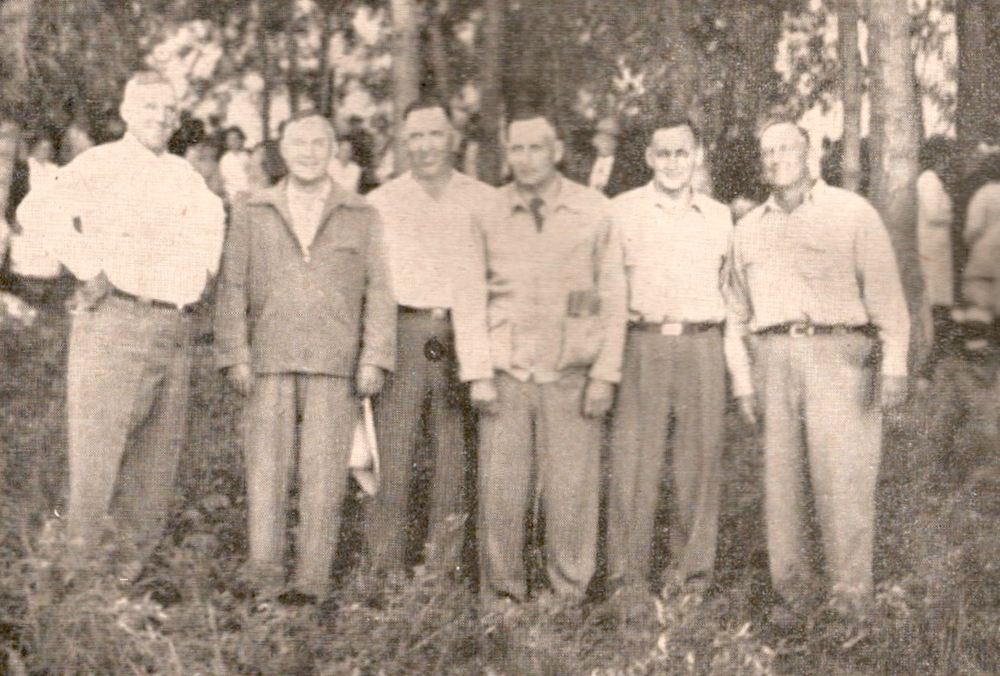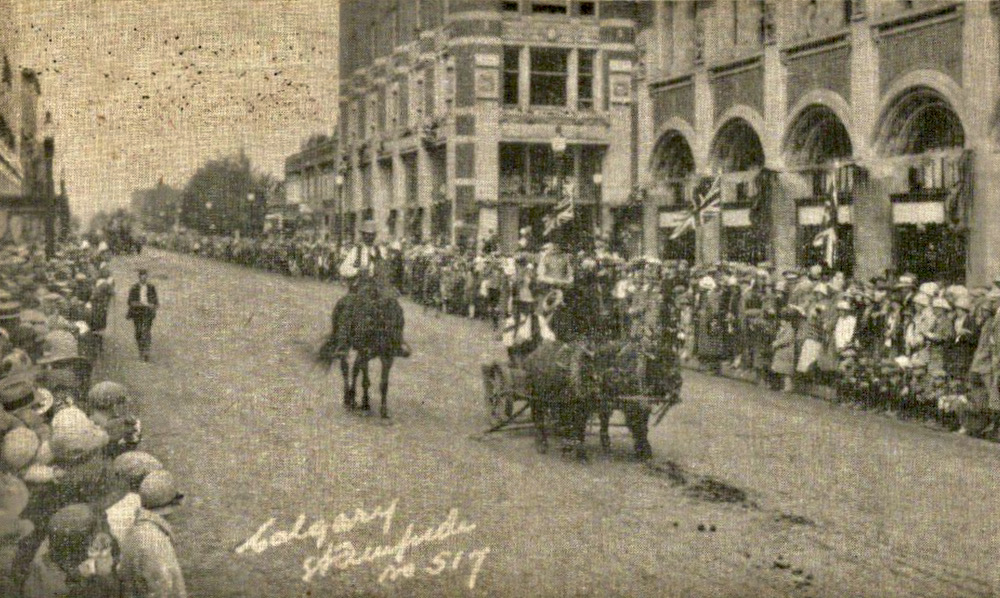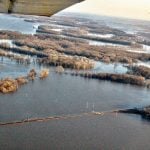Railways and irrigation
By Senator F.W. Gershaw
In return for building a railway through the great lone land the C.P.R. was allowed to select some twenty-five million acres of land that was described as being “fairly fit for settlement.” In 1903, having disposed of most of the land in Manitoba and Saskatchewan, the Company took over a large area closed to their main line between Calgary and Medicine Hat.
The officers could have chosen land in the north, where there was more moisture, but there was something appealing to them in promoting an irrigation scheme that would reclaim an area of fertile land in sunny Southern Alberta, where water only was required for intensive farming.
Read Also
History: Reminiscences of the North West Rebellion, 1885
Reminiscences of the North West Rebellion, 1885By Annie L. Gaetz ‘The seat of the North West Rebellion of 1885, was…
Irrigation was not new in Southern Alberta. In the late eighties the Mormons at Cardston, long accustomed to irrigation, had made use of the mountain streams in a small way.
After building the Narrow Gauge railway from Medicine Hat to Lethbridge, the Alberta Railway and Irrigation Company (A.R.&I.) had a million acres of land as a subsidy. The work of diverting water from the St. Mary’s River started in 1897. Most of the labor was done by Mormon farmers, who were paid half in cash and half in land grants. The C.P.R. realizing that traffic for their lines would be increased as the scheme developed, gave a grant of $5,000 every six months and the Town of Lethbridge contributed $30,000. Water reached the Lethbridge area in 1900 and Magrath and Sterling the following year.
With the completion of the project there remained the difficult problem of settling the land. The President and High Council of the Latter-Day Saints took up large areas from the Mormon farmers, but aside from this there was at that time little demand for irrigated land. The Company even offered free use of the land for two years with the option then to purchase without much success. The elements were against the Company because throughout the whole period of construction the rainfall had been abnormally heavy. Possible purchasers thought drainage instead of irrigation was needed. A dry cycle later dispelled all doubts as to the need of irrigation. The Company worked faithfully and between 1902 and 1912 much in the way of settlement was accomplished. The area was taken over from the A.R.& I. by the C.P.R. in 1912.
At the turn of the century while the A.R.&I. were settling their land in the south the C.P.R. started on a project that was to dwarf all similar undertakings. The Company had a block of three million acres between Calgary and Medicine Hat and they hoped that half of it could be irrigated. It was up to that time a great cattle kingdom with no settlement, except around the village of Gleichen.
Mr. J.S. Dennis was in charge and the area was divided in three sections — Eastern, Central and Western.
The aim was to have half of each farm irrigated. For a time three-quarters of a million acres within the block was leased to ranchers, but as the ditches were extended it looked as if ranching was becoming a vanishing industry. An unfortunate feature was the fact that wholesalers secured blocks of dry land and retailed the farms out at prices that were exorbitant.
It was impossible to secure experienced irrigation farmers as history does not record any mass migration from successfully irrigated areas. In the end Mr. Dennis had to colonize the area with men inexperienced in irrigation and to provide instructions for them in irrigation methods.
A private organization, known as the C.P. Irrigation Company had undertaken to sell the land. They put on a furious campaign and by May 1906 they had ninety general sales agents in the U.S.A. and Canada. In fifteen months $220,000 had been spent for salaries, travelling expenses, cars and advertising, while only 23,000 acres had been sold. There was friction between Mr. Dennis and the Sales Company and much juggling of land prices. The C.P.R. persistently refused to sell large blocks of irrigated land for speculative purposes. It was found that land sold for $25 per acre netted the C.P.R. only $11. The records show that there were many disappointments in the settlement of this area. An effort was made to have non-English groups settle in blocks, but the price seemed to be too high for such settlers. Most of the land had to go to individuals who had come from the U.S.A. In 1908 one district was visited by a ruinous hail storm. Mr. Dennis expressed his personal sympathy to each of the farmers, cancelled the interest for that year and extended the time of payment. Seed grain was also provided. In 1908 and 1909 about 400,000 acres were sold, but as the years went by the Company decided to discontinue the effort , and they turned the whole project over to the settlers.
In many respects the enterprise has been a success. There are now about two thousand settlers in the Eastern District. There are about 280,000 acres receiving the needed moisture and prosperous towns and villages have grown up. The project is well managed, there is good demand for the land, and a good community spirit is everywhere in evidence.
When a beet sugar factory and other processing plants are constructed the great vision of the C.P.R. officers will have been realized.
In 1911 the Southern Alberta Land Company was formed for the purpose of bringing under irrigation about 200,000 acres of a 530,000 acre block. Much of this land was in a triangle formed by the confluence of Bow and Old Man Rivers.
The capital of this company was about thirteen and a half million dollars. This, and indeed other sums, was expended in buying land and constructing irrigation works. The water intake is on the Bow River at Carseland about 30 miles east of Calgary. The main canal from there runs southeasterly to Lake McGregor. From this large reservoir the canal runs to the Little Bow Reservoir and from there to a point a few miles northwest of Medicine Hat.
The scheme is feasible and an adequate supply of water is available but until recently little progress was made on account of difficulties in getting an agreement among the three parties concerned, the two world wars and the Depression. The Dominion government has purchased the assets of the private land company and unless something unexpected happens an agreement will soon be completed between the Dominion and the province for completion of this work.















